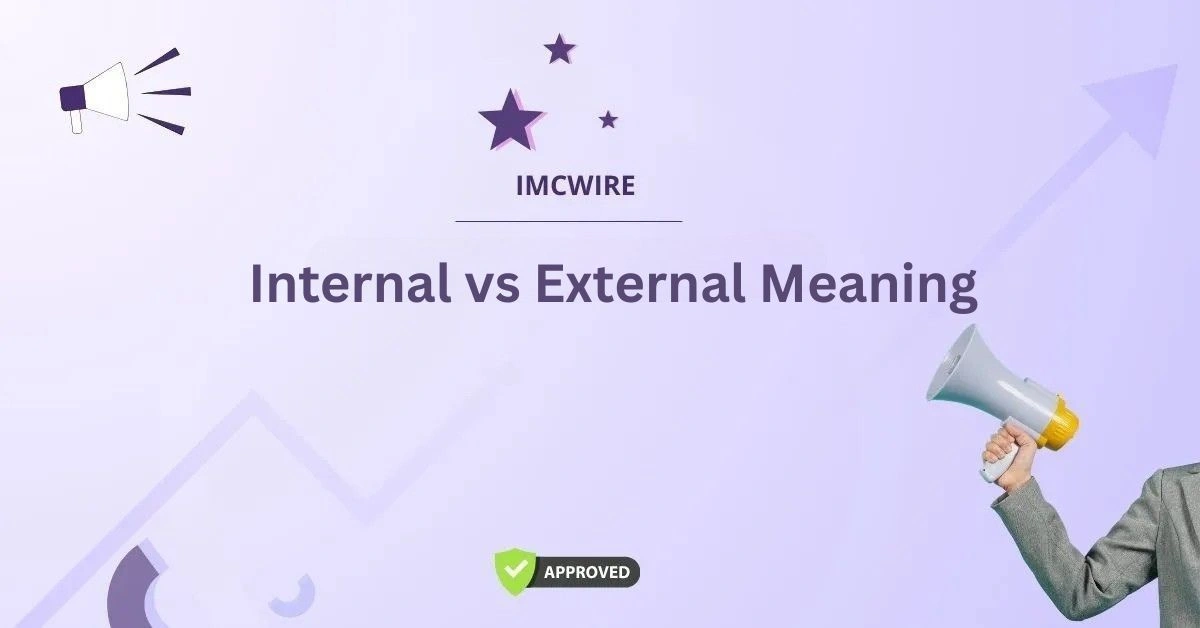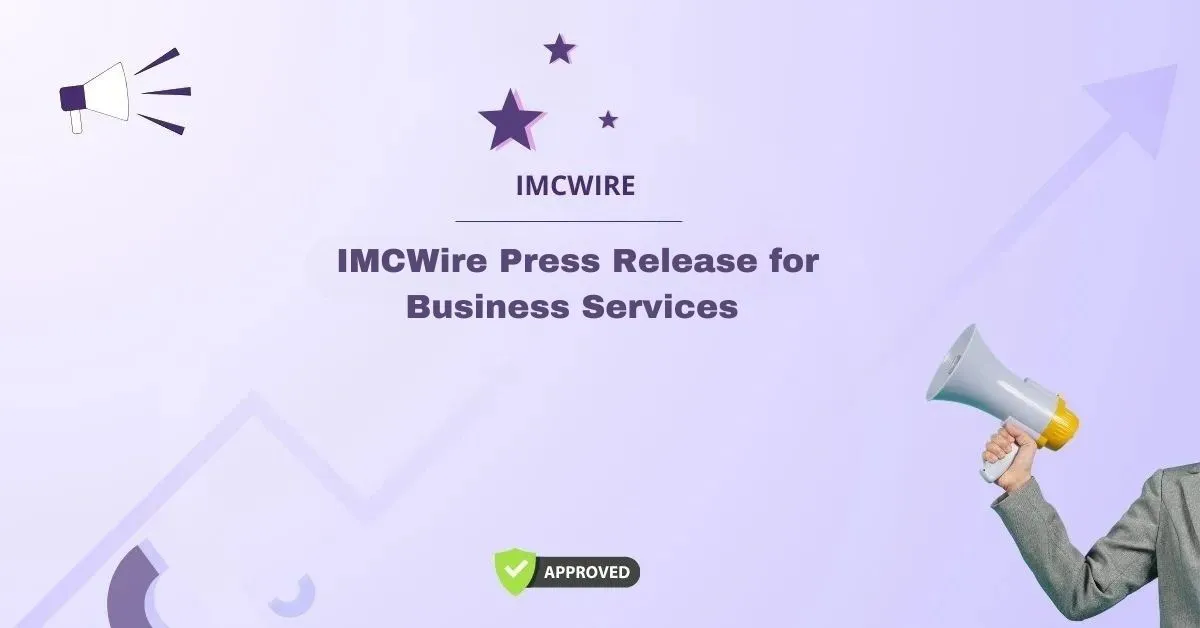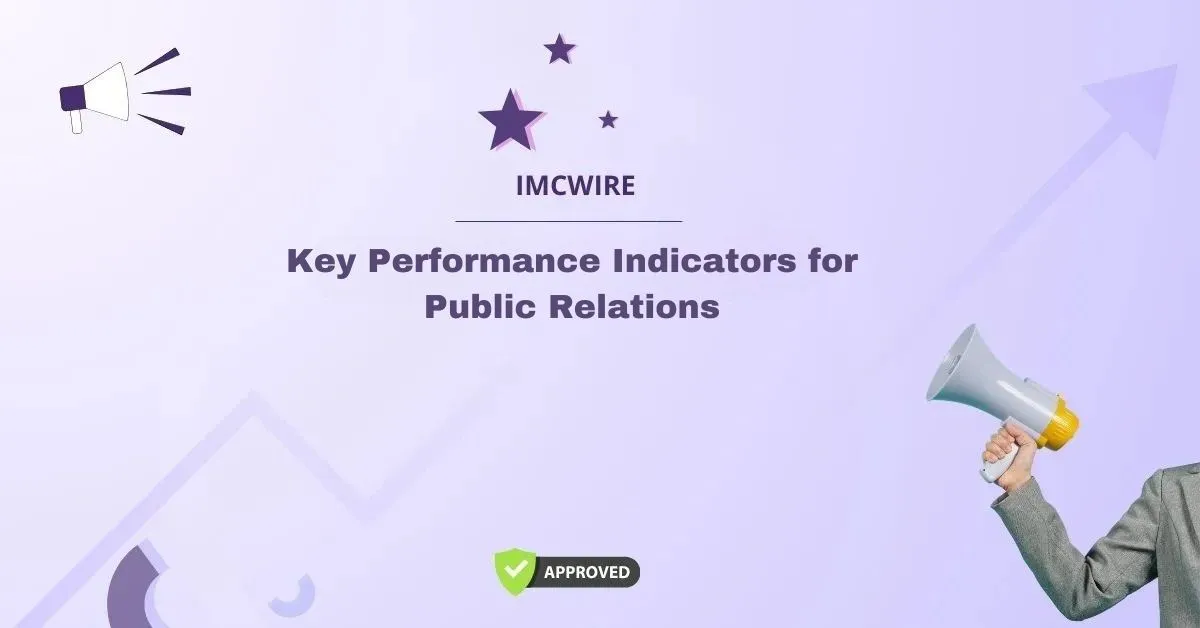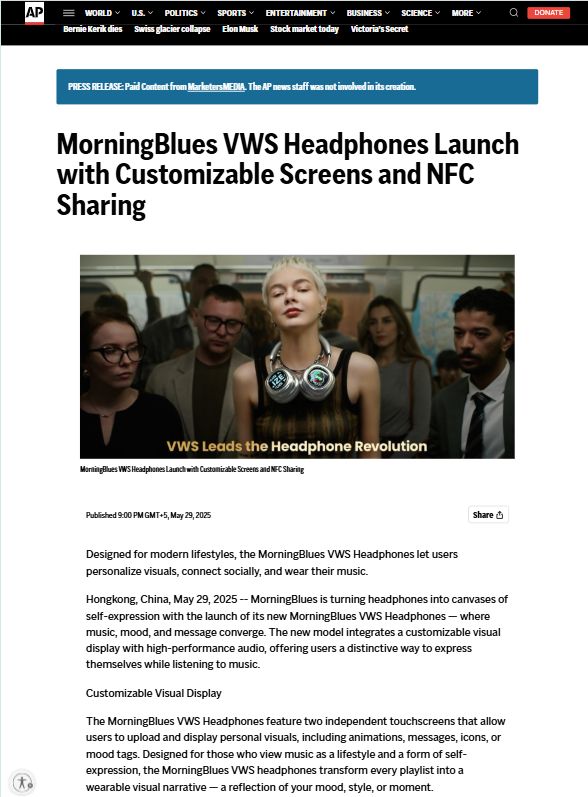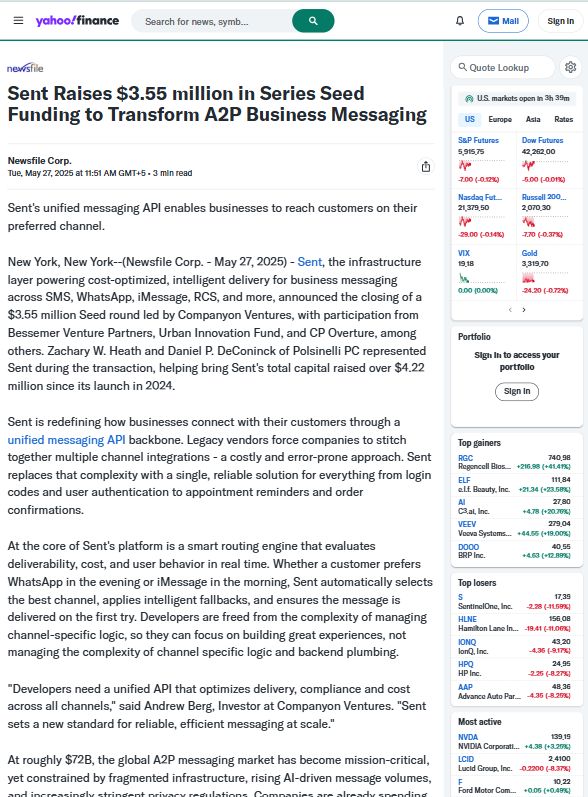Introduction
In the fast-paced world of business and communication, the concept of Internal vs External Meaning plays a crucial role in determining the clarity and effectiveness of messages. Whether you’re communicating with your team, stakeholders, or customers, the way you convey your thoughts can significantly impact the success of your interactions.
Table of Contents
This article delves deep into the Internal vs External Meaning of communication, their significance, and how understanding the distinction between the two can enhance your overall communication strategies. At IMCWire, we understand that effective communication is the backbone of any successful business, which is why this blog aims to explore these two fundamental concepts in detail.
What Does Internal vs External Meaning in Communication?
When we refer to “internal” communication in the context of business or organizational communication, we are talking about the flow of information that occurs within a company or between members of the same organization. Internal communication is typically reserved for employees, management, and other key stakeholders within the company itself. It’s the cornerstone of how businesses operate efficiently and maintain a cohesive work environment.
Internal communication can take various forms, including emails, intranet posts, team meetings, internal reports, and one-on-one conversations. In these scenarios, the focus is often on company-specific goals, tasks, policies, and updates. The meaning of internal communication is largely context-driven, meaning the language, tone, and terminology used are aligned with the shared understanding and culture within the organization. The goal is to ensure that everyone is on the same page and working toward the same objectives.
At IMCWire, we believe that effective internal communication is one of the pillars of organizational success. Our platform offers tools and resources that help businesses streamline their internal communication processes, ensuring that everyone stays informed and aligned with company goals.
The Role of External Communication
Contrasting with internal communication, “external” communication refers to the messages, information, and ideas shared between a company and parties outside the organization, such as customers, clients, investors, the general public, or other external stakeholders. This type of communication includes advertising, public relations, customer service interactions, press releases, and more.
External communication is pivotal for shaping a company’s reputation, influencing customer perceptions, and building brand loyalty. Unlike internal communication, the language used in external messaging needs to be more accessible and tailored to a broader audience. It should communicate the company’s values, mission, and services or products in a way that resonates with external stakeholders.
For businesses to succeed in the marketplace, understanding how to manage external communication effectively is essential. At IMCWire, we focus on providing businesses with innovative strategies and tools that help them engage with their external audience seamlessly and meaningfully.
Comparing Internal and External Communication: Core Differences
The differences between internal and external communication go beyond just the audience. Below are several key distinctions that help differentiate the two:
- Audience
- Internal communication targets individuals within the organization, including employees, managers, and other internal stakeholders.
- External communication targets individuals or groups outside the organization, including customers, clients, vendors, and the general public.
- Content and Tone
- Internal communication often deals with more specific, company-focused topics, such as updates on company policies, internal changes, and work-related tasks. The tone is typically formal or neutral, depending on the company culture.
- External communication, on the other hand, is designed to promote the company’s products or services, inform the public about company activities, and manage the company’s image. The tone is often more persuasive, engaging, and customer-focused.
- Purpose
- The purpose of internal communication is to keep everyone within the company informed and engaged. It’s about improving productivity, fostering collaboration, and reinforcing the company’s culture.
- The purpose of external communication is to attract, inform, and retain customers or clients, build brand loyalty, and improve public perception of the company.
- Channels
- Internal communication channels include internal emails, company intranet, team meetings, and internal newsletters.
- External communication channels include advertising, social media, press releases, websites, and customer service platforms.
- Language and Terminology
- Internal communication often uses industry-specific jargon or company-specific terms that may be familiar only to employees and stakeholders within the company.
- External communication, however, needs to be more generalized and accessible to ensure that a wide range of audiences can understand and relate to the message.
Understanding these differences is essential for any business that seeks to improve its communication strategies, and at IMCWire, we are committed to helping companies fine-tune both their internal and external communications.
The Significance of Aligning Internal and External Communication
For any business to succeed in the long term, there must be a strong alignment between internal and external communication strategies. A company’s internal culture and operations will inevitably influence how it communicates with the outside world. If the internal communication is poor, it can result in inconsistencies in external messaging, leading to confusion or mistrust among external stakeholders.
For instance, if employees are not well-informed about the company’s products or services, it will be challenging for them to provide quality customer service or represent the company accurately in external communications. On the other hand, when internal communication is strong, employees become more empowered to contribute to the company’s external messaging effectively.
At IMCWire, we recognize the importance of this alignment and provide businesses with tools and solutions that ensure seamless communication both internally and externally. Our integrated platform ensures that businesses can maintain consistency across both realms, reinforcing a unified brand message while promoting internal cohesion.
The Impact of Effective Internal Communication on Business Success
Strong internal communication leads to greater productivity, better employee morale, and more efficient decision-making. Employees who are well-informed about the company’s goals, values, and expectations are more likely to feel motivated and engaged in their work. When communication within the company is clear and transparent, it fosters an environment of trust and accountability, which can enhance collaboration and drive innovation.
Furthermore, effective internal communication contributes to smoother operations and faster problem-solving, as team members are able to communicate quickly and clearly about issues that arise. This is crucial in a world where business dynamics are constantly changing, and quick, well-coordinated responses are needed to maintain a competitive edge.
IMCWire’s tools help organizations foster a culture of open communication, where employees are encouraged to share ideas and feedback. This creates an environment where every team member feels valued and engaged, ultimately contributing to the company’s success.
The Importance of External Communication in Building Brand Identity
External communication is the face of your business. It’s how customers, clients, and the public perceive your company. Effective external communication plays a significant role in building brand identity, shaping public perception, and creating strong relationships with customers. Companies that excel in external communication are better positioned to stand out in a competitive marketplace.
For example, businesses that actively engage with customers on social media, provide helpful information through blogs, and create meaningful advertising campaigns can build strong relationships that lead to customer loyalty and increased sales. External communication also helps in managing crises, handling customer complaints, and responding to public relations challenges, all of which are crucial for maintaining a positive reputation.
IMCWire offers businesses the tools to manage their external communication more effectively, helping companies create compelling messaging that resonates with their target audience. Our platform provides businesses with actionable insights and strategies for crafting impactful external communication campaigns that drive results.
Why IMCWire Stands Out from Competitors in Communication Solutions
When it comes to finding the best solutions for internal and external communication, IMCWire offers a unique blend of innovation, efficiency, and user-friendly tools that are second to none. Our platform goes beyond simply offering communication solutions; we empower businesses to streamline and enhance their communication processes, ensuring that both internal and external messaging is clear, consistent, and impactful.
Unlike other competitors, IMCWire provides a comprehensive suite of features that integrate seamlessly with your existing workflows, allowing for greater flexibility and customization. Whether you’re looking to improve internal communication through effective team collaboration tools or enhance external communication through targeted marketing solutions, IMCWire has you covered. Our commitment to quality, user satisfaction, and cutting-edge technology makes us the go-to choice for businesses of all sizes.
Additionally, IMCWire’s intuitive platform is designed to be scalable, ensuring that as your business grows, your communication needs are met with ease. With our dedicated support team and continuous updates, you can rest assured that you are using the best tools available to stay ahead of the curve in the competitive business landscape.
Conclusion
Understanding the difference between internal and external communication is essential for any business looking to enhance its overall effectiveness. Both types of communication play pivotal roles in ensuring smooth operations, fostering employee engagement, building a positive brand image, and achieving long-term success. At IMCWire, we believe that clear and consistent communication—both internally and externally—forms the backbone of any thriving business. By leveraging our innovative tools and resources, you can ensure that your business communication is optimized to deliver results that matter.
When compared to other competitors, IMCWire offers a more tailored, efficient, and user-centric approach to business communication, making it the preferred choice for companies seeking to stay ahead in today’s dynamic marketplace.

